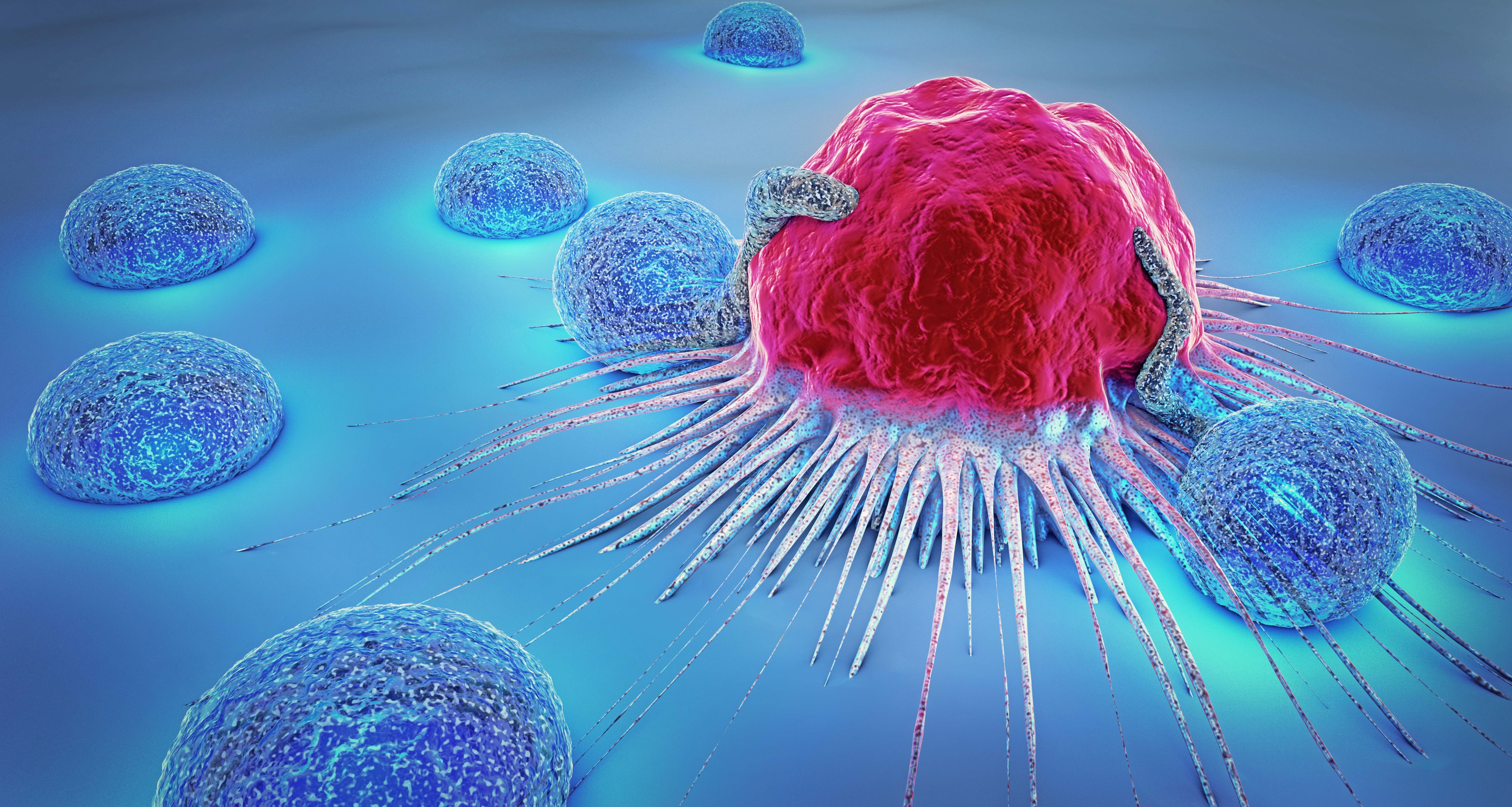YL201 Demonstrates Tolerability, Early Efficacy in Advanced Solid Tumors
Among 287 patients across multiple solid tumor indications, YL201 had an objective response rate of 40.8%, with a disease control rate of 83.6%.
The intracranial ORR was 28.5% among 21 evaluable patients with brain metastases at baseline, and the median DOR for this subgroup was 6.2 months.

YL201, a B7H3-targeting antibody-drug conjugate (ADC), demonstrated an acceptable safety profile and early efficacy in adult patients with advanced solid tumors previously treated with at least 1 standard therapy, according to results from a phase 1/1b trial (NCT05434234; NCT06057922) published in Nature Medicine.
At a median follow-up of 7.5 months (95% CI, 6.5-7.9), the efficacy data from the trial revealed that among 287 patients evaluable for efficacy, the objective response rate (ORR) was 40.8% (95% CI, 35.0%-46.7%). In total, there were 2 confirmed complete responses, and 40.1% of patients experienced a confirmed partial response. A total of 42.9% of patients experienced stable disease as best response for a disease control rate (DCR) of 83.6% (95% CI, 78.8%-87.7%) for this patient population.
Overall, the median progression-free survival (PFS) was 5.9 months (95% CI, 5.5-7.5) and the median duration of response (DOR) was 6.3 months (95% CI, 4.7-6.7). The overall survival (OS) data were not mature as of the data cutoff. The intracranial ORR was 28.5% (95% CI, 11.3%-52.2%) among 21 evaluable patients with brain metastases at baseline; the median DOR for this subgroup was 6.2 months (95% CI, 2.8-not reached).
“To our knowledge, we report here the largest cohort to date for evaluation of a B7H3-targeted ADC in patients with advanced solid tumors…. YL201 demonstrated a manageable safety profile and a promising antitumor activity, particularly in patients with extensive-stage small cell lung cancer [ES-SCLC], nasopharyngeal cancer [NPC], or lymphoepithelioma-like carcinoma,” Yuxiang Ma, of the Department of Clinical Research at Sun Yat-Sen University Cancer Center in Guangzhou, China, wrote in the publication with study coinvestigators. “These findings provide strong confidence for the further development of YL201 in randomized trials.”
The open-label, multicenter phase 1/1b clinical trial enrolled patients with locally advanced or metastatic solid tumors to receive YL201 monotherapy as escalating doses in the dose-escalation portion of the study or at 2.0 mg/kg or 2.4 mg/kg for the dose-expansion portion. Treatment was given until disease progression, unacceptable toxicity, or withdrawal of consent in both portions of the study.
Patients in the trial had a median age of 57.0 years (range, 19-87), 93.9% were Asian, and 77.6% were men. A total of 50.0% of patients were never-smokers, 85.3% had an ECOG performance score of 1, and 15.4% had brain metastases at baseline. The median number of organs with metastases was 2 (range, 0-9).
The most common tumor types included ES-SCLC (n = 79), NPC (n = 75), wild-type non–small cell lung cancer (n = 68), and esophageal squamous cell carcinoma (n = 37). The median number of prior lines of therapy was 2 (range, 1-10), with 37.2% of patients treated with 1 prior treatment line and 34.9% of patients treated with 3 or more lines of therapy. The most common prior regimens included prior platinum-based chemotherapy (92.9%), prior anti–PD-1/PD-L1 therapy (88.5%), and prior radiotherapy (60.3%).
In the phase 1 portion of the trial, the primary end point was dose-limiting toxicities during the initial cycle of study drug. The coprimary end points in the phase 1 b portion of the trial were adverse effects (AEs) and ORR. Secondary end points included pharmacokinetic parameters, DCR, DOR, PFS, best tumor response, and OS.
Treatment-related AEs (TRAEs) of any grade occurred in 97.1% of patients. The most common hematologic TRAEs included leukopenia (66.3%), anemia (64.7%), and neutropenia (61.5%). The most common nonhematologic TRAEs included anorexia (35.6%), nausea (26.3%), and hypoalbuminemia (22.8%). Furthermore, grade 3 or higher TRAEs occurred at a rate of 54.5%, with neutropenia (31.7%) being the most frequent grade 3 or higher TRAE.
Additionally, treatment-related severe AEs (SAEs) occurred in 29.2%, resulting in 5.4% of patients experiencing dose discontinuations and 17.0% experiencing dose reductions. Leukopenia was experienced as an SAE in 11.5% of patients, with a median time to first onset of 11.0 days after initiation of study treatment and a median resolution time of 7.5 days. A total of 8 (2.6%) patients died due to study treatment.
Reference
Ma Y, Yang Y, Huang Y, et al. A B7H3-targeting antibody–drug conjugate in advanced solid tumors: a phase 1/1b trial. Nat Med. 2025;31:1949-1957. doi:10.1038/s41591-025-03600-2